The hybrid-cloud model is no longer just a trend, but that is the spine of IT in the enterprise in 2025. When organizations face more complicated tasks to be performed, sensitive data laws, and the necessity of on-demand scalability, nothing can better fit than hybrid cloud, the best mix of flexibility and control. However, in the process of evolution this brings forth complexity. A newer layer of intelligence is also necessary to manage hybrid environments, which are the ones that cut across cloud environments (both, private cloud and public cloud) as well as on-premise environments. Artificial intelligence (AI) comes in at this point.
Artificial intelligence is quickly changing hybrid cloud systems in terms of architecture, deployment, optimization, and management. AI solves the numerous traditional complexities of the hybrid cloud conditions through intelligent automation, real-time-compliance monitoring, predictive resource scale and smart workload distribution, among others.
Understanding Hybrid Cloud: The Best of Both Worlds
Hybrid cloud is a computing method that blends together both the public cloud services (i.e. AWS, Azure or Google Cloud) and the private cloud infrastructures (on-premise servers or virtualized, private networks). The concept is to enable organizations to hold sensitive data and process it on their own systems and leverage the scale and costs of the commercial clouds.
Hybrid cloud allows:
- Regulatory compliance (they keep their data on-prem where needed)
- Control cost flexibility resources use
- Increased isolation and security of sensitive workloads
- Portability of applications through environments
- Legacy environments in Modern DevOps workflows
The Rising Complexity of Hybrid Cloud in 2025
A multi-cloud environment is a common type of environment operated by modern organizations. A financial institution would use, as an example:
- Client transaction data on a private cloud
- AWS for analytics flow pipelines.
- Azure as the application hosting platform of its CRM
- Artificial Intelligence powered; fraud detection using Google Cloud
Under such arrangement, the difficulties become compounded:
- Orchestration: How can you coordinate services in the clouds without any lags and clashes?
- Workload Placement: In which environment should a workload run, or in the cloud or locally? And how would you choose in real-time?
- Latency Optimization: How can you get low latency performance, region to region, cloud to cloud?
- Compliance & Auditing: How can you monitor sensitive information in various environments?
- Resource Wastes: What can you do to prevent over provisioning or underutilization?
These challenges would overwhelm us, unless we automate and embed intelligent decision making.
AI as the Brain of the Hybrid Cloud
AI transforms intelligent automation across all the layers of the hybrid cloud. It uses past utilisation data, keeps track of real-time metrics and uses autonomous decision making to ensure cost-optimising performance and security.
Where is AI the most transformative? Let us see:
1. Smart Workload Orchestration
AI can make an automatic decision on where a workload can run on such criteria as:
- Present supply of resources
- Data locality
- Latency requirements
- Compliance rules
- Cost optimization
As an example, an application processing EU user data is required to remain in a GDPR compliant server, AI will route it to a EU-compliant private data centre. In case the same workload increases in demand, AI will move the portion of the procedure to a public cloud node during a temporary period before reverting back to a private infrastructure.
2. Predictive Auto-Scaling
On the contrary to responding to load growths, AI models are able to predict the demand on the basis of historic demand and external conditions (such as time of the day, launching a campaign, or weather conditions). This enables proactive scaling up of resources within the public and the non-public scenarios- fewer lags and costs to have.
3. Dynamic Resource Optimization
AI is continually monitoring the performance of the infrastructure and proposing the methods to:
- Consolidate workloads
- Switch off running VMs or containers
- Shifting to low costs areas or cases
- Re-balance cloud to cloud traffic
This enhances performance and also greatly decreases waste.
4. Compliance Monitoring and Data Governance
As data is transferred across environments AI can tag, classify and monitor data. It identifies non-compliance to geographical or regulatory regulations on the fly. This is imperative to such industries as finance, healthcare and the government.
5. Failure Prediction and Self-Healing
Artificial intelligence-based models can identify failure precursors ahead of a time (e.g., CPU stress, disk wear-out), automatically initiate correction steps (e.g., workload migration or restarting services), without human involvement.
Why 2025 Is the Tipping Point
Some of the changes that have made AI more relevant in a hybrid cloud setting are as follows:
- Massive KW adoption: KW is becoming more mainstream, with most orchestration systems including AI-powered autoscaling and workload migration.
- Maturity of AI Toolkits: Tools such as Azure AI, Vertex AI, and IBM Watson have been properly integrated with the hybrid cloud toolks.
- Regulatory Pressure: Data regulations are even more strict and real- time governance is a requirement.
- Cost Driven Strategy: In any competitive environment, AI can be useful in cloud cost optimization by enabling workload to be placed in smart locations and instances to be chosen.
- Enhanced Cloud-Native Development: More companies are putting together modular systems of microservices and are taking advantage of the AI-enhanced routing, scaling and monitoring.
Hybrid Cloud: Public vs. Private vs. AI-Optimized
To get a better idea about the place of AI, it is worth comparing traditional public cloud, private cloud, and hybrid cloud with AI-enhanced.
Comparing Cloud Types and AI Integration
| Feature | Public Cloud | Private Cloud | AI-Enabled Hybrid Cloud |
|---|---|---|---|
| Scalability | High | Low to Moderate | Context-aware across all platforms |
| Security | Moderate | High | Adaptive, policy-driven |
| Performance Tuning | Manual | Manual | AI-driven, real-time |
| Workload Portability | Limited | Limited | High (smart orchestration) |
| Cost Efficiency | Variable | High fixed cost | Optimized via intelligent placement |
| Compliance Monitoring | Platform-limited | Manual tracking | AI-based, real-time compliance |
| Self-Healing Capabilities | Platform-based | Rare | Integrated across all environments |
Real-World Example: A Global Retail Brand
A multinational retailing organization has the following hybrid cloud model:
- Store client information within a personal on-premise system
- Use the public cloud to run product recommendation engines
- Use AI to decide what application workloads should run at edge locations or in the cloud based on closeness to the users
AI also allows the system to horizontally scale product recommendations at traffic peaks times during the holidays, rebalance analytics jobs across regions or meet laws regarding data sovereignty across various countries.
Without AI, the same operations would take many dozens of engineers and have to be changed manually. It goes smoothly and automatically with AI.
Benefits of AI in Hybrid Cloud
All right, we should divide the benefits of going with AI into hybrid cloud into high-level ones:
1. Increased Agility
AI enables companies to accelerate and make new services and deployment, increase infrastructure scale, and resource management without human delays.
2. Reduced Human Error
AI lowers the potential of misconfiguration, neglected alerts, or non-compliance since system decisions are automated.
3. Lower Operational Costs
AI identifies the most effective pathways of data and compute apps to prevent excessive use of the costly resources and minimize the wasting.
4. Better User Experience
End-users will have smoother applications and services thanks to AI-enhanced performance and latency optimization.
5. Continuous Improvement
Machine learning models are enhanced with the course of time. The more time AI spends on running inside your hybrid cloud, the more it improves at streamlining it.
Leading Platforms Powering AI-Driven Hybrid Cloud
Various leading actors provide hybrid clouds with additional AI features. These frameworks are concentrated in orchestration, observing, automation and policy enforcement.
The major technologies transforming the contemporary hybrid cloud environment are given below.
1. Azure Arc + Azure AI
Overview:
Azure Arc provides the way to extend Azure services to on-prem, edge and multi-cloud locations. It offers hybrid AI-powered governance, compliance, and workload management in a hybrid environment when combined with Azure AI (Cognitive Services, Machine Learning, and OpenAI).
AI Features:
- Monitoring with AI Azure Monitor and Advisor
- Integrated policy enforcement using machine learning recommendations
- Capacity planning and predictive scaling
Best Use Case:
Organizations with multi-cloud, mixed workloads (e.g. SQL servers, Kubernetes clusters) using Microsoft services.
2. Google Anthos + Vertex AI
Overview:
Anthos is the multi-cloud and hybrid platform that Google built with the help of Kubernetes at its core. Combined with Vertex AI, it is scalable, AI-enabled workload management.
AI Features:
- Intelligent recommendations of workload migration using traffic, latency and cost
- Application performance optimization in real time
- ML driven policy alert and configuration analysis
Best Use Case:
Companies operating microservices at scale, and putting a particular focus on portability over cloud vendors.
3. IBM Watson AIOps + IBM Cloud Pak
Overview:
IBM has an effective hybrid cloud stack that uses Watson AIOps to automatically monitor the infrastructure, detect issues and resolve.
AI Features:
- Logs and alerts analysis using natural language processing
- Anomaly based root cause identification
- Automatic incident triage and ticketting
Best Use Case:
AI-based observability is needed by enterprises working in tightly regulated industries such as finance and healthcare.
4. Red Hat OpenShift AI
Overview:
The Red Hat OpenShift is a Kubernetes-based platform that is common in the hybrid clouds. It has an AI component making real time ML workflows, workload scaling, and DevOps compatible.
AI Features:
- CI/CD cycles with ML pipeline integrated in it
- Container resource optimization with the help of AI
- Support of model monitoring and retraining support
Best Use Case:
Teams developing and operating AI workloads and custom applications in both hybrid and edge settings.
5. Nutanix Xi + Beam + Flow AI
Overview:
Nutanix offers a hyperconverged infrastructure and hybrid cloud software that contains integrated AI to streamline costs, performance, and security management.
AI Features:
- Cost governance by ML
- Predictive security warnings on the horizon of the whole workload,private/public
- Smart policy management of the network traffic
Best Use Case:
Mid-market with little IT personnel and requiring automation, and AI-powered visibility.
AI Platforms Comparison in Hybrid Cloud Environments
| Platform | Core AI Features | Best For | Cloud/Infra Support |
|---|---|---|---|
| Azure Arc + Azure AI | Predictive scaling, unified policy, AI-driven monitoring | Enterprise Microsoft environments | Azure, on-prem, edge |
| Google Anthos | Smart migration, AI policy analysis, traffic optimization | Containerized/multi-cloud workloads | GCP, AWS, VMware, on-prem |
| IBM Watson AIOps | Anomaly detection, NLP log analysis, incident automation | Regulated and legacy system modernization | Hybrid, mainframe, cloud |
| OpenShift AI | ML model orchestration, container optimization | DevOps + AI model delivery pipelines | Kubernetes, hybrid, edge |
| Nutanix Xi + Beam | Cost optimization, predictive alerts | SMB and mid-market hybrid clouds | Nutanix, VMware, cloud |
Real-World Use Cases: AI in Action Across Hybrid Clouds
Now, what we want to do is examine how these platforms are being used by the business across a number of industries.
1. Healthcare: Smart Compliance and Data Routing
A network of hospitals is running on a hybrid cloud storage to keep patient records safe and doing AI-based diagnostics in a public cloud.
How AI Helps:
- Automatic routing of sensitive data to the private cloud is done based on AI-defined compliance policies.
- AI models differ in basis of prediction of workload usage intensive spikes (e.g. flu season), compute assigning.
- Monitoring of logs take place in real-time to identify occurrences of breaches or policy violations through the assistance of NLP.
Platform Example: IBM Cloud Pak + Watson AIOps
2. Retail: Edge-AI for Smart Shopping Experiences
A retail chain has edge devices held in-store (at checkout, cameras, inventory) and a hybrid cloud back end.
How AI Helps:
- Edge AI inference increases the speed of recommendations and checkout.
- Hybrid orchestration is applied to real time analytics workloads by central AI engines.
- With ML-based traffic predictions, regions are tuned with performance.
Platform Example: Google Anthos + Vertex AI
3. Financial Services: AI Cost Control + Security
With Azure Arc, a fintech startup links its own backend and scale it publicly.
How AI Helps:
- Predictive cost management tools can move work loads to lower cost areas.
- Behaviour-based analysis is used to detect suspicious activities detected by AI.
- Allocation of resources is automatic in loan application prediction and credit scoring with AI.
Platform Example: Azure Arc + Azure AI + OpenAI
4. Manufacturing: Resilient Hybrid Infrastructure with AIOps
One of the global manufacturing enterprises has factory systems playing host to on-prem servers, but ERP software is hosted in the cloud.
How AI Helps:
- AIOps engines capture anomalies in factory systems and auto-generate incident tickets.
- Orchestration is provided via AI-driven Hybrid cloud data synchronization to provide business continuity.
- Predictive maintenance schedule is carried out by machine telemetry.
Platform Example: Red Hat OpenShift + IBM Watson AIOps
AI Technologies Enabling These Use Cases
Today, we are going to deconstruct the AI methods behind the shapes these intelligent, adaptable hybrid cloud platforms.
1. Machine Learning (ML)
Used for:
- Load forecasting
- Smart traffic directing
- Policies on auto scaling
2. Reinforcement Learning
Used in:
- Deployment of workload optimization
- Resource migration choices that are aware of costs
3. Natural Language Processing (NLP)
Used to:
- Search and examine support tickets and system logs
- Identify the pattern of anomalies in unstructured text data
4. Anomaly Detection
Used to:
- Determine losses or downturns
- Activate self-healing actions or warnings
5. Predictive Analytics
Used for:
- Compliance drift detection
- Predicting compute/storage requirement in hybrid systems
AI Technologies and Their Hybrid Cloud Impact
| AI Technique | Hybrid Cloud Role | Business Impact |
|---|---|---|
| Machine Learning | Forecast demand, autoscaling, traffic control | Performance and uptime improvement |
| Reinforcement Learning | Dynamic workload migration decisions | Reduced operational costs |
| NLP | Analyzes logs, resolves incidents | Faster resolution, fewer false positives |
| Anomaly Detection | Identifies failures, performance drops | Reduced downtime, self-healing infrastructure |
| Predictive Analytics | Identifies growth trends, optimizes capacity planning | Resource savings, long-term efficiency |
Implementation Considerations
Prior to diving into AI-hybrid integration businesses are advised to:
-
Audit their current cloud architecture: Trace where the workloads and data are located.
-
Define governance rules clearly: AI applies and enforces policy, but rules have to be well defined.
-
Select the right AI platform: Select the platform depending on the cloud providers, nature of workload, and the compliance requirements.
-
Upskill teams: Cloud specialists must learn the basics of ML and be provided with the principles of AI orchestration.
-
Start with pilot projects: Try Piloting projects in confined situations prior to mass implementation.
Summary
AI has emerged as the missing link in hybrid cloud strategy. With workloads in the public, private and point-of-use (edge) environments, human-led systems have become incapable of maintaining the pace, scale and complexity of workloads. AI appears in the role of a conductor, the maximizer, and the protector of the cloud infrastructure.
Whether Azure or Google, IBM or Red Hat, the most powerful platforms in the world are moving toward defining AI features into their hybrid solutions. Be it the edge workloads in retail, data governance in healthcare or the tech industry global DevOps pipelines, AI has become the key to growing by scale with precision and confidence.
The hybrid cloud has come. The thing that makes it work smarter is AI.
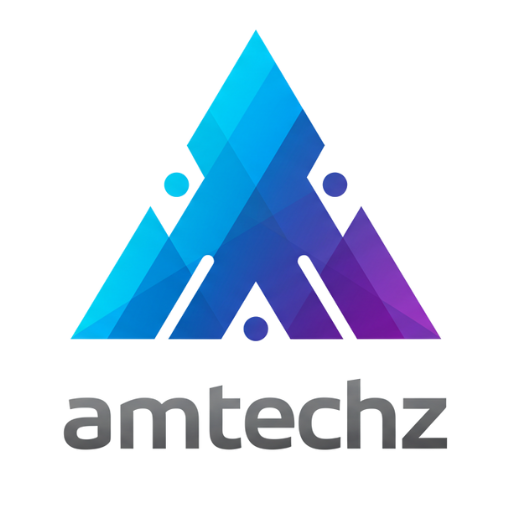
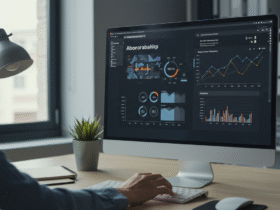
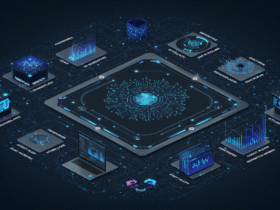
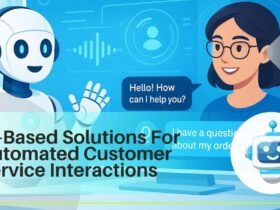
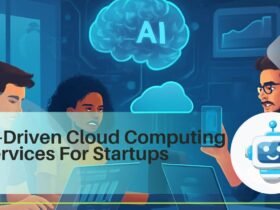
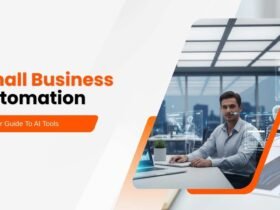

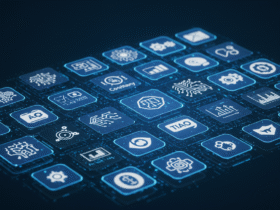

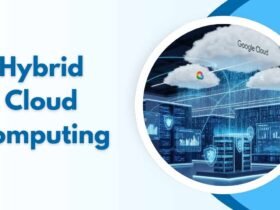
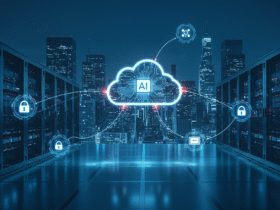

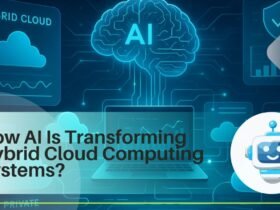
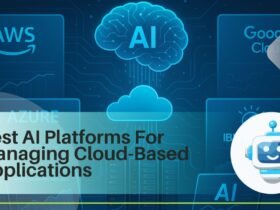
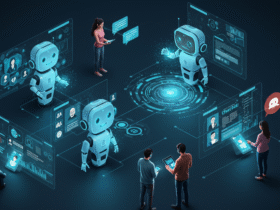
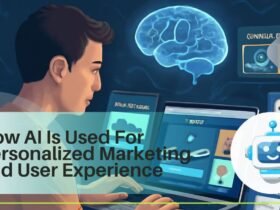
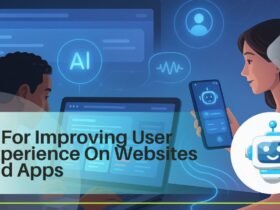
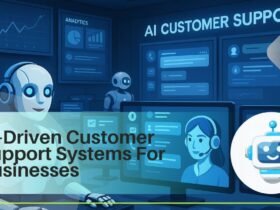

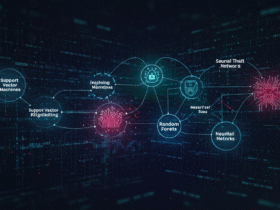


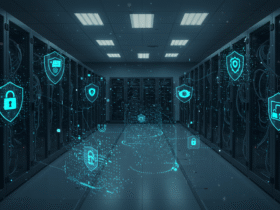

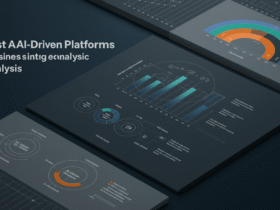

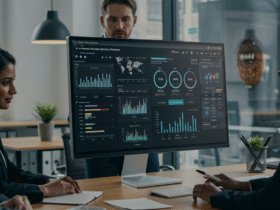
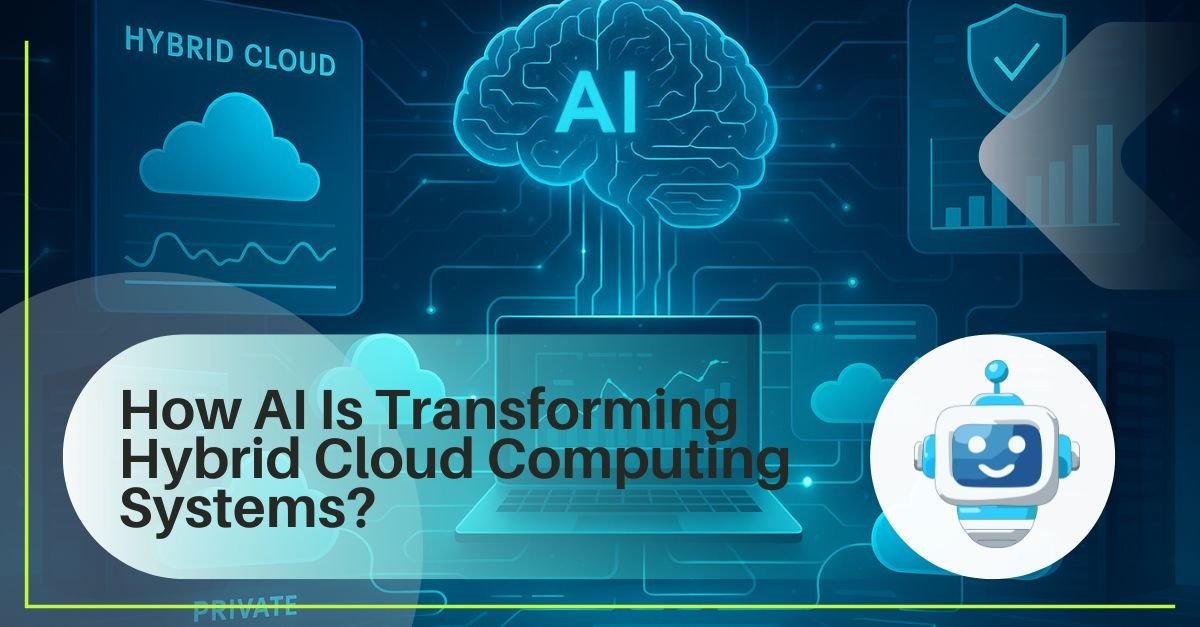

Leave a Reply